12 Secluded Towns In The Northern Pine Forests Of Michigan Favored By Nature Lovers
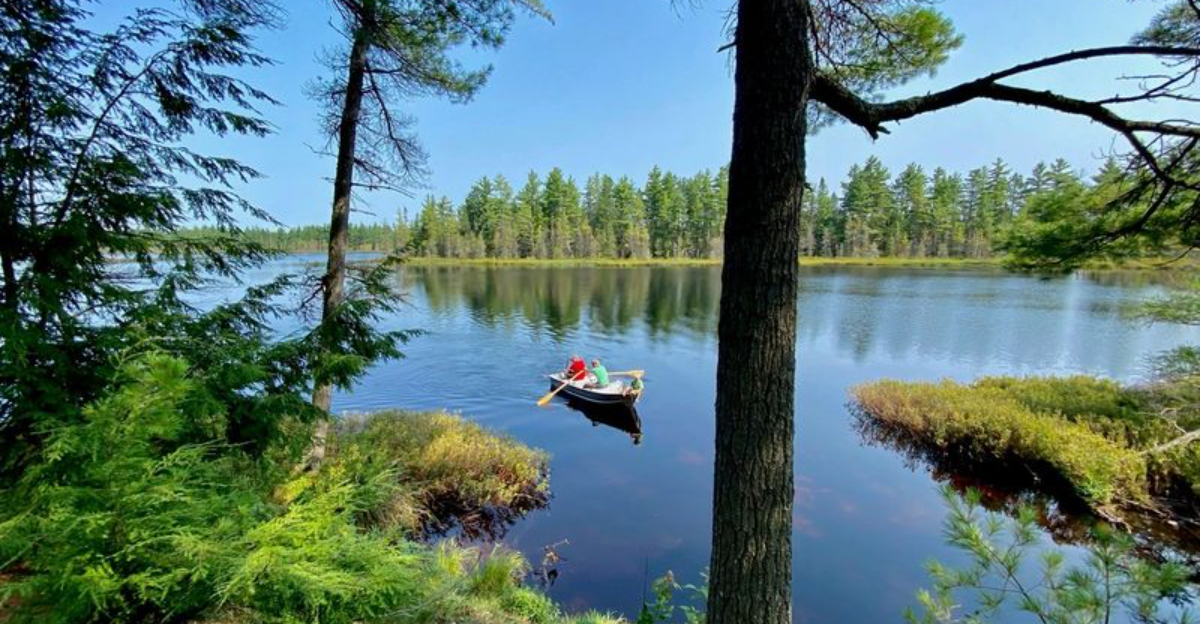
Looking to unplug and truly get away? Michigan’s Upper Peninsula might just be your perfect escape. Tucked between dense forests and shimmering lakes, this region is filled with small towns that feel like well-kept secrets.
I’ve wandered through these peaceful places—where local diners still serve pie like grandma used to make, and the only traffic jam you’ll find is a family of deer crossing the road.
Whether you’re casting a line at sunrise, hiking through untouched wilderness, or stargazing without a city light in sight, these communities invite you to slow down and soak it all in. Ready to trade the city noise for birdsong and breeze?
1. Paradise: Where Name Meets Reality
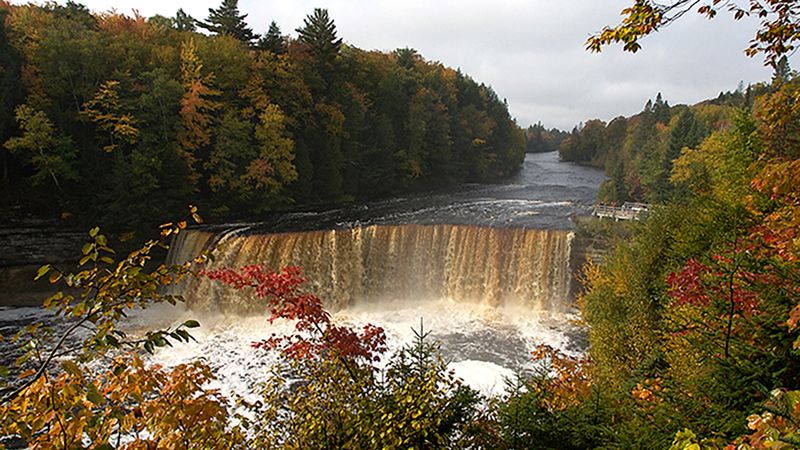
Nestled along the shores of Lake Superior, Paradise lives up to its heavenly name. The nearby Tahquamenon Falls State Park features one of Michigan’s most magnificent waterfalls, drawing hikers and photographers year-round.
Winter transforms this tiny hamlet into a snowmobiling and cross-country skiing haven. With fewer than 500 residents, you’ll quickly feel like a local as you explore the pristine beaches and dense forests.
Whitefish Point Bird Observatory offers world-class bird watching during migration seasons, while shipwreck tours reveal the area’s fascinating maritime history.
2. Grand Marais: Harbor of Refuge

Grand Marais sits perfectly positioned between Pictured Rocks National Lakeshore and vast stretches of undeveloped forest. This former logging town has reinvented itself as a quiet artist colony and outdoor recreation hub.
The protected harbor provides safe haven for kayakers exploring Lake Superior’s sometimes temperamental waters. Local restaurants serve fresh whitefish caught daily, best enjoyed while watching the sunset paint the sky in brilliant hues.
Hiking trails wind through nearby forests where moose and black bears roam freely. The annual music festival brings a gentle buzz of activity without disturbing the town’s peaceful character.
3. Copper Harbor: End of the Road Adventure
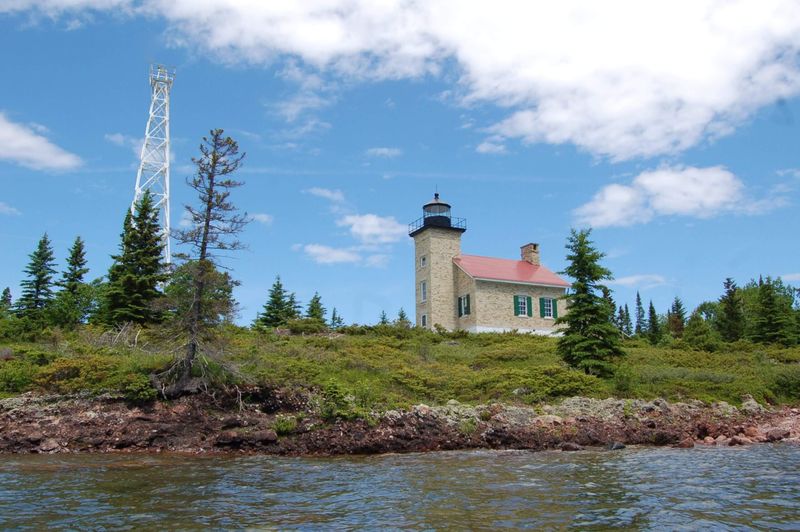
If you’re seeking true remoteness, Copper Harbor delivers. Located at the northernmost tip of the Keweenaw Peninsula, this village marks the end of US-41 highway. Mountain biking enthusiasts flock here for internationally recognized trail systems winding through old-growth forests.
The historic lighthouse stands guard over Lake Superior’s waters, where brave swimmers take refreshing (albeit bracing) dips in summer months. Fort Wilkins State Park preserves a restored 1844 military outpost, offering glimpses into frontier life.
Dark skies make stargazing extraordinary, with the Northern Lights making frequent appearances. Cell service is spotty—a blessing for those truly wanting to disconnect.
4. Munising: Gateway to Pictured Rocks
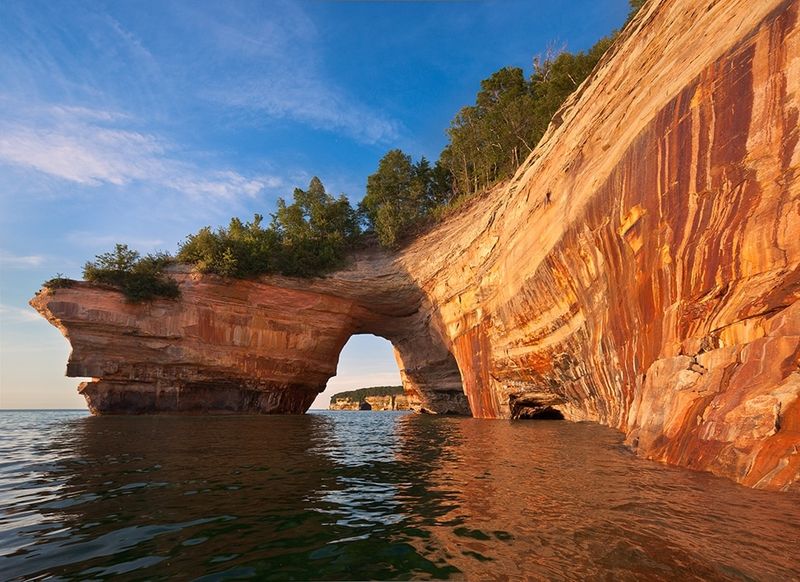
Though slightly larger than other towns on this list, Munising maintains its woodland charm while serving as the perfect basecamp for exploring Pictured Rocks National Lakeshore. The colorful sandstone cliffs rising from Lake Superior create one of Michigan’s most photographed landscapes.
Glass-bottom boat tours reveal shipwrecks preserved in the clear waters. During winter, ice climbers tackle frozen waterfalls while snowshoers explore silent forests.
The town itself offers just enough amenities to keep you comfortable without feeling crowded. Local diners serve pasties—traditional Cornish meat pies that reflect the area’s mining heritage—perfect fuel for outdoor adventures.
5. Eagle Harbor: Lighthouse Keeper’s Dream

History whispers through the pines in Eagle Harbor, where the iconic lighthouse has guided ships since 1851. This tiny community on the Keweenaw Peninsula preserves its mining-era buildings while embracing its natural surroundings.
Summer days invite exploration of secluded beaches where agate hunters search for treasures among smooth stones. The Jampot bakery, run by Byzantine Catholic monks, offers wild berry jams and baked goods worth the journey alone.
Central Mine Historic District takes you back to the copper boom days. When autumn arrives, the surrounding maple forests explode in fiery colors, creating a photographer’s paradise against the blue backdrop of Lake Superior.
6. Ontonagon: Wild Shores and Ancient Forests
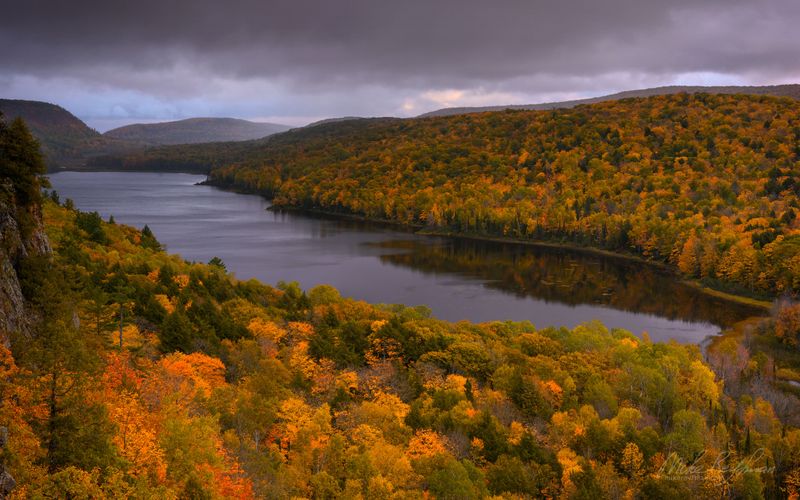
Where the Ontonagon River meets Lake Superior lies this unassuming town with access to true wilderness. The nearby Porcupine Mountains Wilderness State Park contains Michigan’s largest old-growth forest, with some trees over 300 years old.
Lake of the Clouds provides one of Michigan’s most spectacular vistas, especially during fall color season. The town’s logging history comes alive in the local museum, housed in an original courthouse.
Wildlife watchers spot black bears, wolves, and eagles throughout the area. Fishermen cast lines for steelhead and salmon in the river, while Lake Superior’s shores offer solitude for contemplative beach walks far from summer crowds.
7. Newberry: Moose Capital Charm

Known as the “Moose Capital of Michigan,” Newberry serves as gateway to the vast Tahquamenon River forest system. This friendly community balances small-town warmth with easy access to wilderness adventures.
Mushroom hunters discover prized morels in spring, while berry pickers fill buckets with blueberries and thimbleberries in summer. The nearby Newberry Moose Habitat hosts Michigan’s largest moose herd, offering wildlife viewing opportunities rare in the Lower 48 states.
Oswald’s Bear Ranch provides sanctuary for rescued bears. When winter blankets the region, hundreds of miles of snowmobile trails transform Newberry into a powdery playground where you can ride from your cabin door into pristine backcountry.
8. Curtis: Between the Lakes Serenity
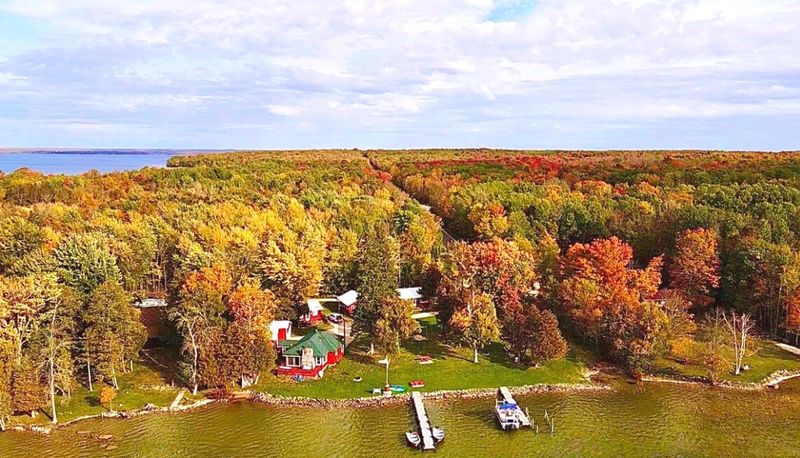
Uniquely positioned on an isthmus between Big Manistique Lake and South Manistique Lake, Curtis offers water-based recreation in every direction. This village of fewer than 1,000 residents provides the perfect blend of forest solitude and lakeside relaxation.
Fishermen target walleye, northern pike, and perch in the crystal-clear waters. The surrounding Hiawatha National Forest contains hidden waterfalls and secluded hiking trails where you might not see another soul all day.
Local resorts maintain the rustic charm of traditional Up North cabins. The Erickson Center for the Arts hosts cultural events in an otherwise quiet community, bringing music and art to this remote woodland setting.
9. Baraga: Sacred Waters and Ancient Paths
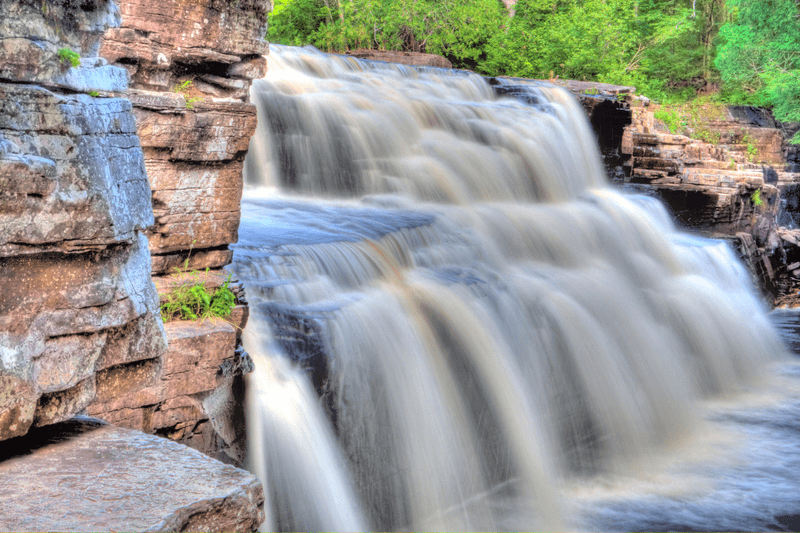
Named after Bishop Frederic Baraga, this town sits where the Keweenaw Bay meets ancient forests. The strong Ojibwe heritage creates a unique cultural blend, with the nearby L’Anse Indian Reservation hosting powwows that welcome respectful visitors.
Canyon Falls, nicknamed “Michigan’s Grand Canyon,” features a series of dramatic drops through ancient red rock. The Bishop Baraga Shrine features a towering copper statue overlooking the bay, commemorating the “Snowshoe Priest” who traveled through these forests ministering to native communities.
Sturgeon River Sloughs Wildlife Area provides exceptional bird watching opportunities. When winter arrives, the lake effect snow creates a playground for those seeking deep powder adventures.
10. Germfask: Wilderness Gateway Hideaway
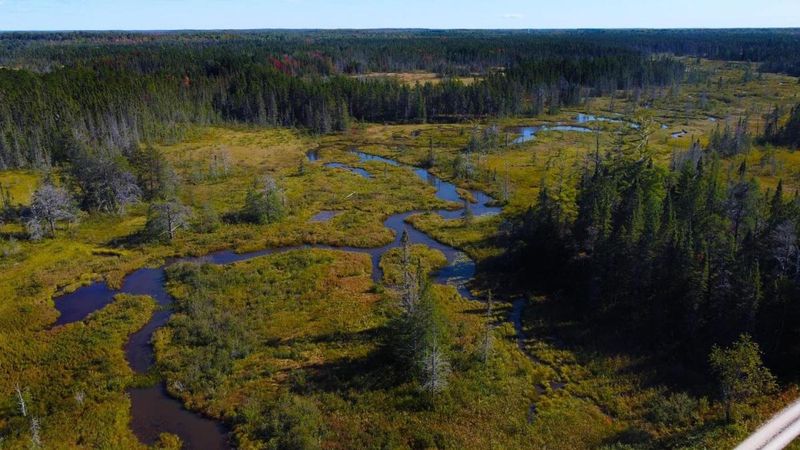
With perhaps the most unusual name in Michigan, Germfask offers direct access to the Seney National Wildlife Refuge—over 95,000 acres of wetlands and forests teeming with wildlife. This tiny community embraces its role as a jumping-off point for nature exploration.
Canoe routes through the refuge reveal nesting trumpeter swans and bald eagles. The nearby Fox River provides some of Michigan’s best brook trout fishing, drawing fly fishing enthusiasts from across the country.
The village itself maintains a deliberate simplicity, with just enough amenities to support visitors. Star-filled skies remain untouched by light pollution, making meteor showers and Milky Way viewing exceptional experiences from this remote location.
11. Trout Lake: Angler’s Paradise Found
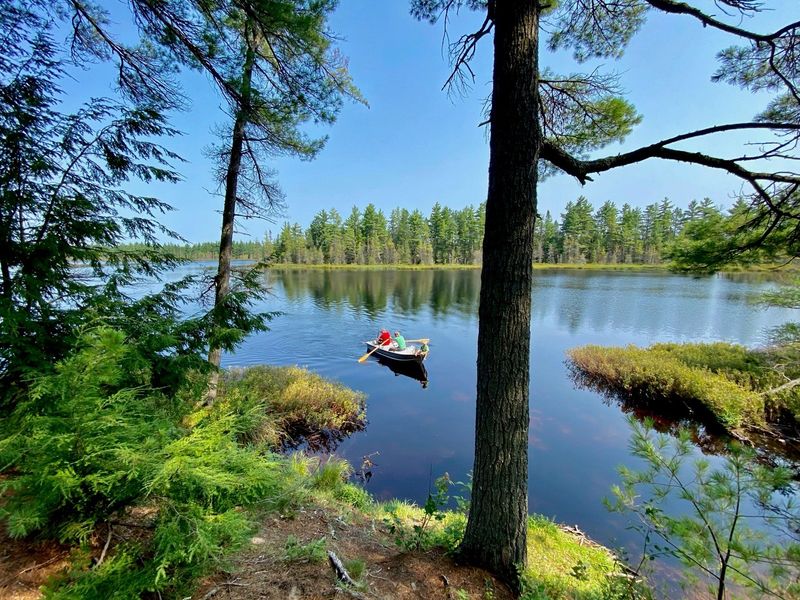
True to its name, Trout Lake centers around the pristine waters that have drawn fishing enthusiasts for generations. This unincorporated community represents northern Michigan living at its most authentic.
The surrounding Hiawatha National Forest contains hundreds of miles of trails for hiking, mountain biking, and horseback riding. Winter transforms the area into a cross-country skiing destination, with groomed trails winding through snow-laden pines.
Locals gather at the general store to share fishing stories and tips with visitors. The nearby Trout Lake Hatchery offers fascinating tours explaining Michigan’s fish management programs. When autumn arrives, the tamarack trees turn golden against the evergreen backdrop.
12. Naubinway: Timeless Fishing Village
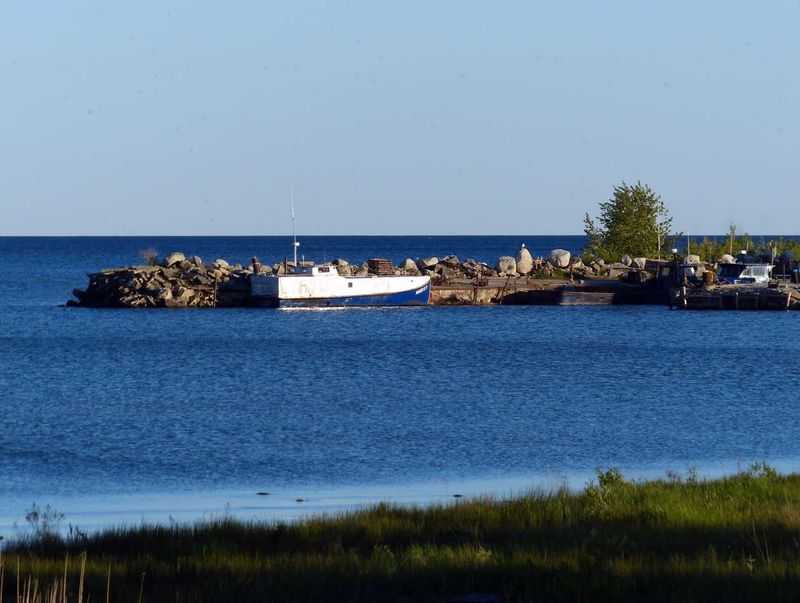
Sitting on Lake Michigan’s northern shore, Naubinway claims the title of northernmost village in Michigan’s Lower Peninsula. This historic fishing community maintains its maritime traditions while welcoming visitors seeking authentic Great Lakes experiences.
Commercial fishing boats still bring in fresh catches daily. The Top of the Lake Snowmobile Museum preserves vintage machines that opened up winter travel through these forests.
Nearby Millecoquins Lake offers excellent bass fishing in a more sheltered setting. Hiking trails lead to Gros Cap, a stunning limestone bluff overlooking Lake Michigan. The Garlyn Zoo Wildlife Park provides close encounters with animals in a forest setting, delighting visitors of all ages.
